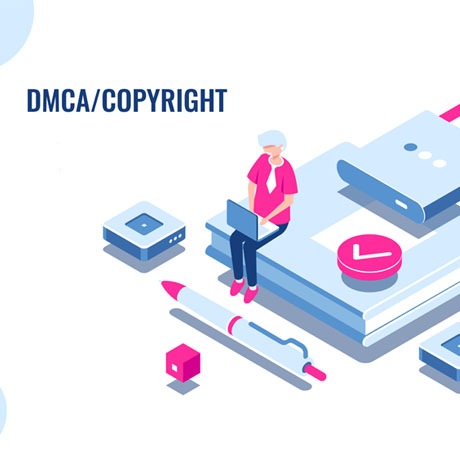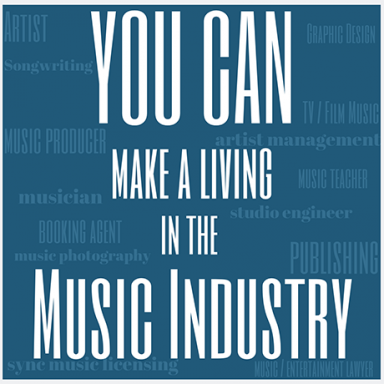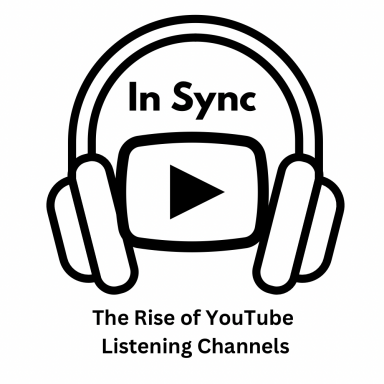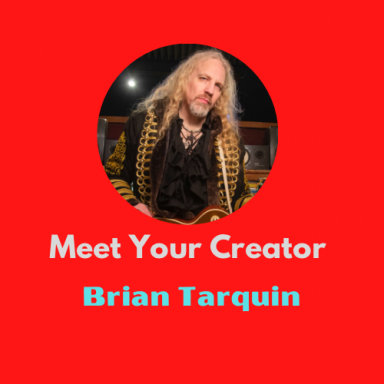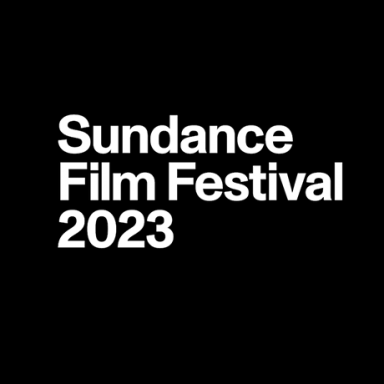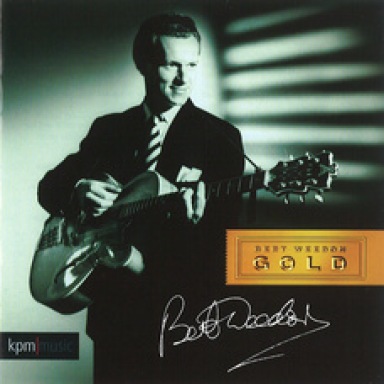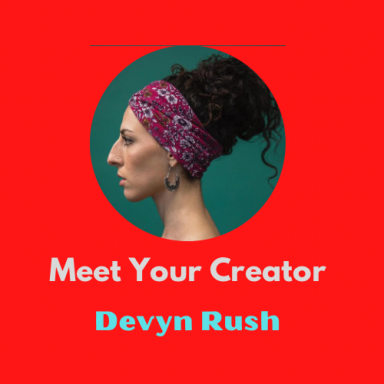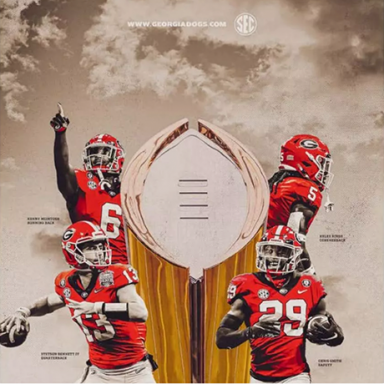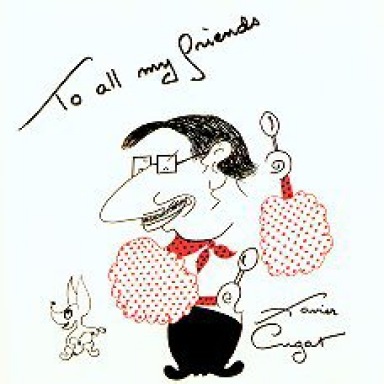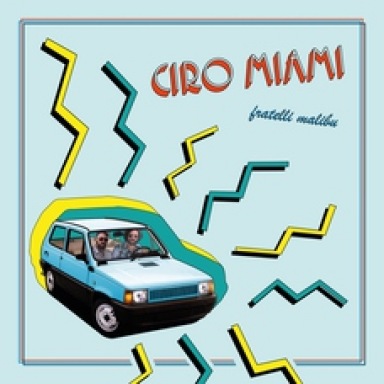How to Avoid Copyright Infringement
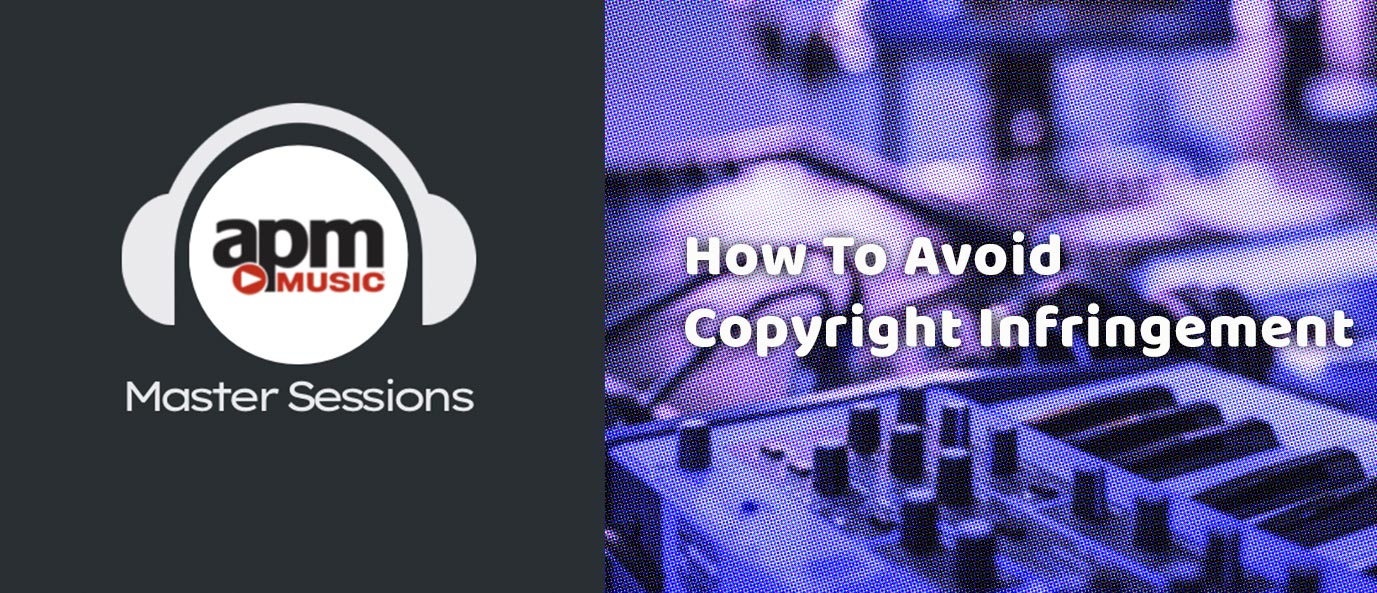
This article will discuss copyright infringement takedown notices and the various ways to avoid the issue. Here are some key points to know before diving deep.
- Understand what a DCMA takedown notice means
- How DMCA notices can impact creators
- An easy way to avoid copyright infringement notices
No matter what stage you’re at in your career, most creators will eventually get hit with a takedown notice. It’s the nature of the beast working on the internet, where reusing and recycling pre-existing material has become one of the fastest ways to join the conversation and offer a fresh, interesting take on the cultural moment. On the flip side, part of being a creative who works online is knowing the legalities of using audio, visual clips, and other forms of media in your content. Some of this content is fair use and protected for artists providing additional value or changing the media slightly, but some are entirely off-limits. That protected content—whether audio, visual, or something else—triggers a DMCA notice in the first place, and can result in frustration, lost revenue on brand deals, and even lost access to your own accounts.
Understanding what’s happening when you receive a DMCA takedown notice is the first step to avoiding it
The Digital Millennium Copyright Act is a good thing. It’s not the copyright that any creator worth their salt should take issue with. First and foremost, this law protects other creators from having their work stolen, whether it’s musicians and cinematographers or composers and actors who have put together something special that other people want to use. Since the advent of the internet, setting up a system that prevents anyone from taking whatever content they want and using it for free has been tricky. So, the DMCA works by requiring that ISPs and internet platforms like streaming services, video platforms, and social media apps remove content that infringes on a copyright.
DMCA takedown notices can have a very negative impact on content creators, particularly on social media and video platforms
The takedown notice lets a creator know that whoever owns the song or video doesn’t want it to be redistributed freely without their consent. And anyone who makes art can understand that! It gets confusing when platforms like TikTok and Instagram, for instance, offer song selections or the chance to “duet” with another creator’s video. Particularly in the case of Instagram, sometimes the songs they offer on the backend aren’t cleared by the artist, and the soundtrack to a painstakingly-created video can get pulled with no warning. If it’s a branded post, that can mean loss of money and a potential client relationship— plus it’s frustrating and it looks bad.
Things get even more complicated on TikTok, where posting on top of other creators’ content through the “duet” function means layering your work and commentary (or music) onto another video that may or may not be using infringing material. This issue can also happen on Youtube, where a creator goes to great lengths to put together an original video of their design but then unwittingly uses a song they don’t have the right to. Even if every single bit of our video is original material, if the song in question is copyrighted, then the entire piece will get flagged and pulled down when a DMCA notice is filed. Even if the notice isn’t valid, most platforms still honor them because if they don’t comply, then the law can turn it around on them, so platforms tend to err on the side of pulling content that isn’t actually violating copyright instead of investigating it themselves.
A quick and easy solution to avoiding takedown notices altogether—and protecting your own content from copyright infringement
The best and safest way to avoid any chance of a DMCA is by using music that has already been cleared for creative use. You can do this by working with a music publisher like APM, who offers all different tiers of subscriptions to their vast catalog of production music. That is music that has been specifically created to be used in creative content. APM is powered by a whole host of expert musicians, composers, and music supervisors who understand the power of archival music and older sounds, and these artists and curators all work together to offer an enormous library that spans the gamut across genre, mood, and setting.
By getting out in front of the potential infringement and syncing up with APM’s team to figure out what subscription level works for your needs, creators can make sure they never get hit with a DMCA notice again. And, especially for those who are growing rapidly and just beginning to land brand deals or otherwise monetized posts, protecting your work from the start is a worthy investment. Plus, there are so many different options when accessing APM’s library, it will likely be a fraction of the price that a pulled-down branded video might cost a creator.
If this sounds like a solution to your DMCA issues, learn more about APM subscriptions here.

